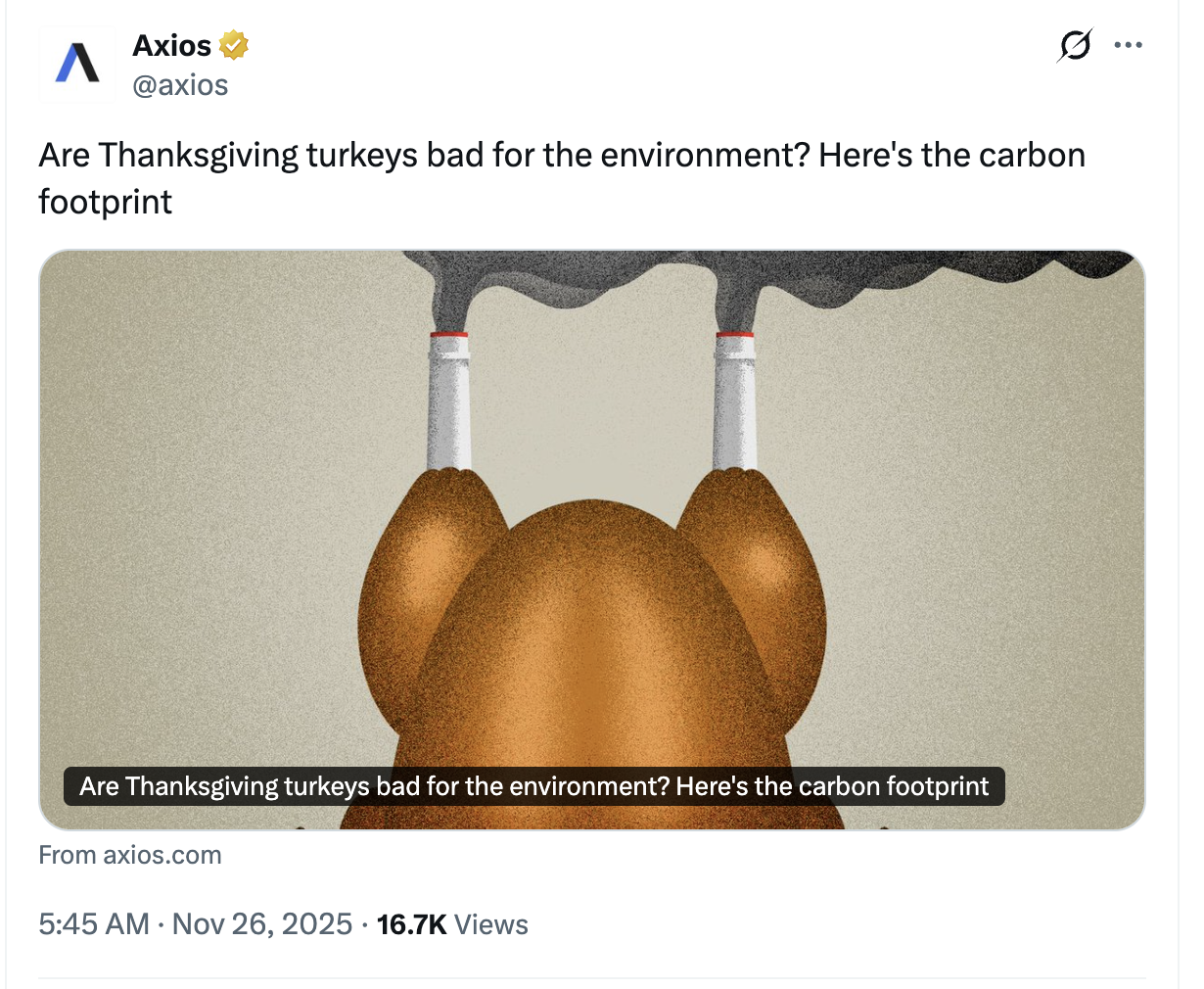The above graphic is Figure 1.4 from Chapter 1 of a draft of the Fifth Assessment Report from the Intergovernmental Panel on Climate Change. The initials at the top represent the First Assessment Report (FAR) in 1990, the Second (SAR) in 1995. Shaded banks show range of predictions from each of the four climate models used for all four reports since 1990. That last report, AR4, was issued in 2007. Model runs after 1992 were tuned to track temporary cooling due to the 1991 Mount Pinatubo eruption in The Philippines. The black squares, show with uncertainty bars, measure the observed average surface temperatures over the same interval. The range of model runs is syndicated by the vertical bars. The light grey area above and below is not part of the model prediction range. The final version of the new IPCC report, AR5, will be issued later this month.
The figure nearby is from the draft version that underwent expert review last winter. It compares climate model simulations of the global average temperature to observations over the post-1990 interval. During this time atmospheric carbon dioxide rose by 12%, from 355 parts per million (ppm) to 396 ppm. The IPCC graph shows that climate models predicted temperatures should have responded by rising somewhere between about 0.2 and 0.9 degrees C over the same period. But the actual temperature change was only about 0.1 degrees, and was within the margin of error around zero. In other words, models significantly over-predicted the warming effect of CO2 emissions for the past 22 years.


